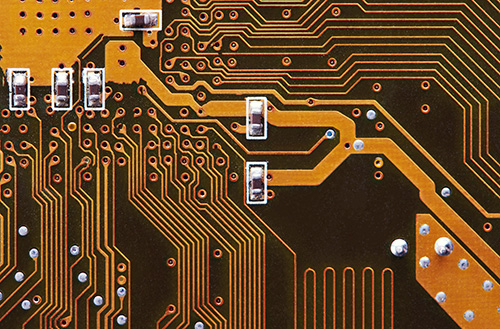EMC Question of the Week: February 1, 2021

When deciding whether it is necessary to use a matched termination on a digital signal trace, it's important to compare the propagation delay to the signal's
- bit rate
- transition time
- clock period
- jitter
Answer
The correct answer is “b.” If the signal at the source fully transitions before it "sees" the load, the initial voltage and current are determined by the characteristic impedance of the trace and may not be consistent with the load impedance. This could result in reflections that diminish the signal integrity and increase conducted or radiated emissions.
A general rule-of-thumb is that the transition time should be at least 2 - 6 times the propagation delay when the termination is unmatched. From an EMC design perspective, matching is undesirable because it increases the power dissipation, harmonic content, complexity and cost of digital signaling. Whenever possible, it's generally best to avoid matching by controlling transition times.
Of course, the clock period is also (indirectly) a factor since the transition time cannot be more than about 0.1 - 0.2 times the bit width without starting to impact the signal integrity. So, for example, a 100 Mbps signal has a 10 ns bit width. If the slowest allowable transition time is 2 ns, then the maximum allowable propagation delay for an unmatched trace would be approximately 0.3 - 1 ns. In FR-4, this would correspond to a distance of about 5 - 15 cm.
Have a comment or question regarding this solution? We'd like to hear from you. Email us at
